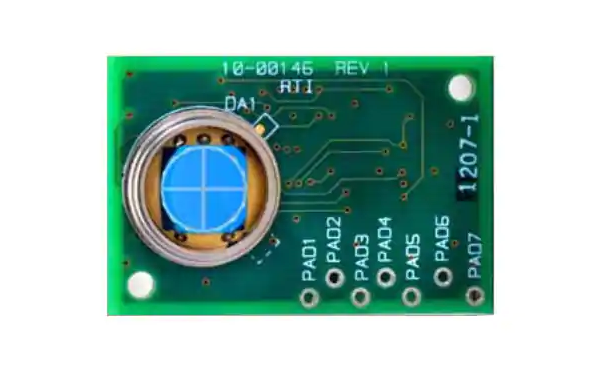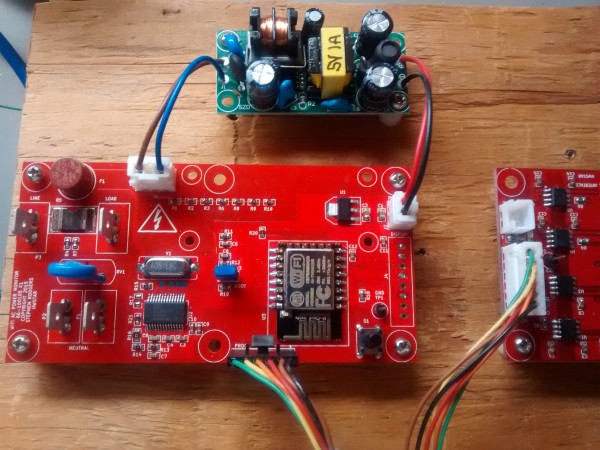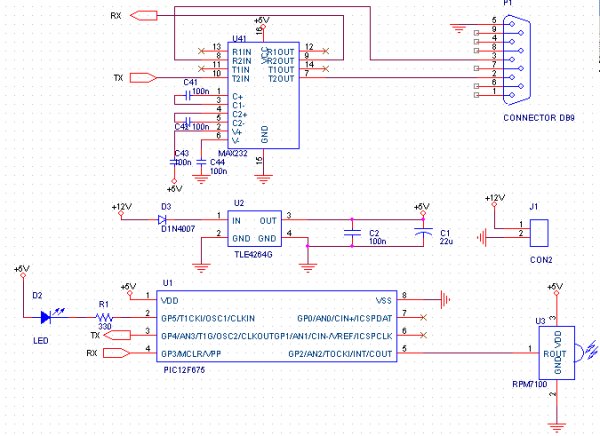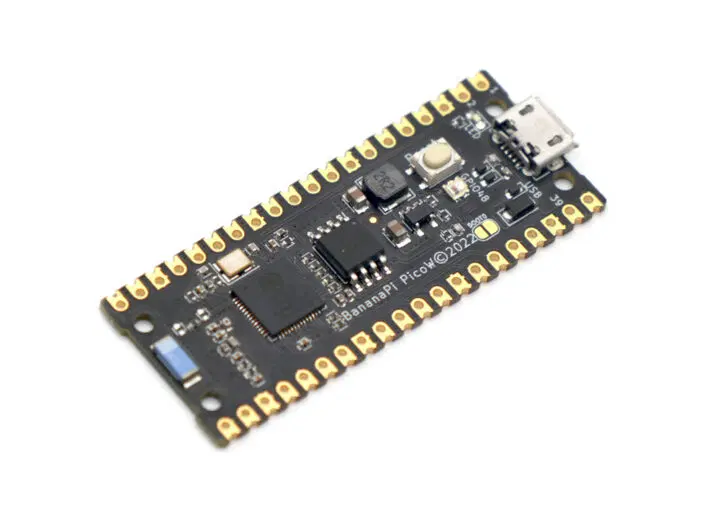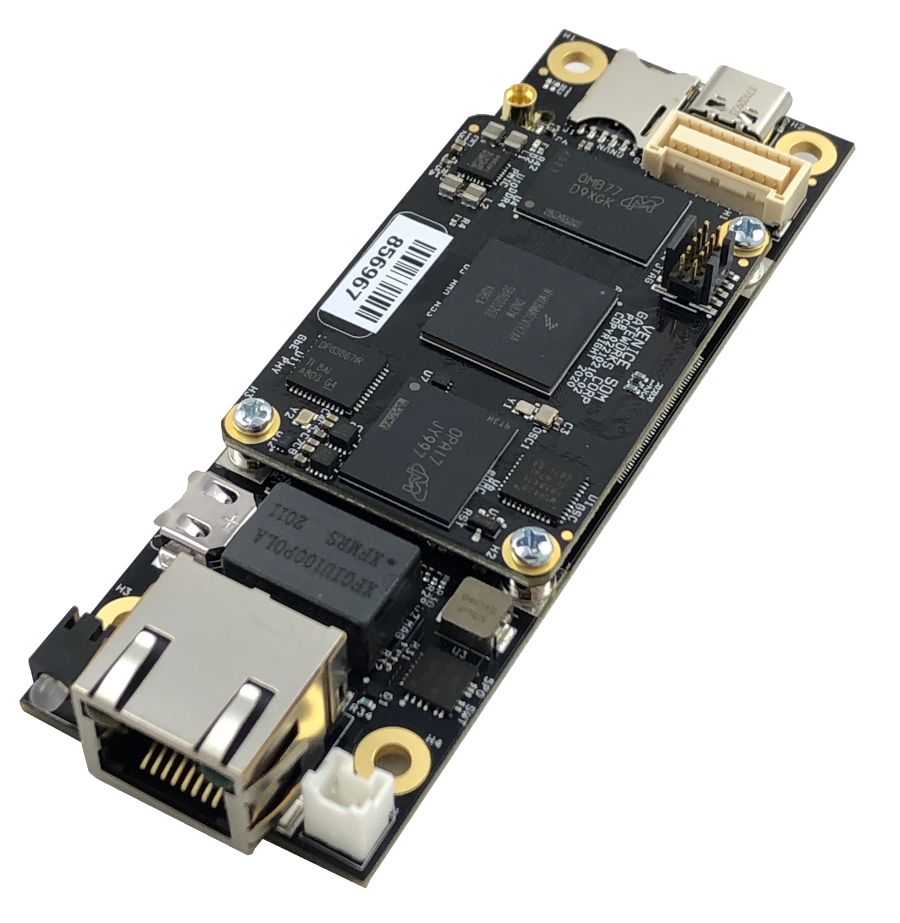
Light moving in vacuum is the fastest thing in the universe. Scientists have tried many times before to catch it on the move with some success. This time a new equipment built by Caltech scientists pulls down a mind-blowing 10 trillion frames per second, meaning it can capture light as it travels along, and also they are working to make it a hundred times faster.
Understanding how light moves through a medium is fundamental to many fields. Keeping that in mind Jinyang Liang and his colleagues are making efforts to make this new contraption or camera as fast as possible. Also, there are potential applications in physics, engineering, and medicine that depend heavily on the behavior of light at scales so small, and so short, that they are at the very limit of what we can measure.
If a pulse of light can be replicated perfectly, then we could sent one pulse every millisecond and when offsetting the camera’s capture time by an even smaller fraction, like a handful of femtoseconds, then it is possible to capture a single pulse when it is in transition, the next one when it will be a little further, the next one when it will be even further, and so on. The end result is like a movie that’s the same if we captured the transition of first pulse at high speed.
This is highly efficient but not always reliable to count on being able to produce a pulse of light a million times the exact same way. When it is needed to see what happens when light passes through a lens, the camera has to capture the light pulse in real time, which means recording images not just with femtosecond precision, but only femtoseconds apart.
That’s what the new T-CUP method does. It combines a streak camera with a second static camera and a data collection method that is used in tomography.
We knew that by using only a femtosecond streak camera, the image quality would be limited. So to improve this, we added another camera that acquires a static image. Combined with the image acquired by the femtosecond streak camera, we can use what is called a Radon transformation to obtain high-quality images while recording ten trillion frames per second,
- explained co-author of the study Lihong Wang.
At any rate, this method allows for images to be captured just 100 femtoseconds apart. That’s ten trillion per second, or it would be if they wanted to run it for that long, but there’s no storage array fast enough to write ten trillion datacubes per second to, so they can only keep it running for a handful of frames in a row for now.
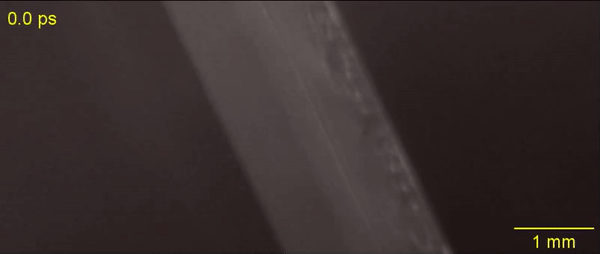
In the GIF above, those 25 frames show a femtosecond-long laser pulse passing through a beam splitter.
Noticing how at this scale, the time it takes for the light to pass through the lens itself is nontrivial. Taking this into account the level of precision in real time is quite astonishing, but the team isn’t done yet. You can read the research paper published in the Nature journal.





